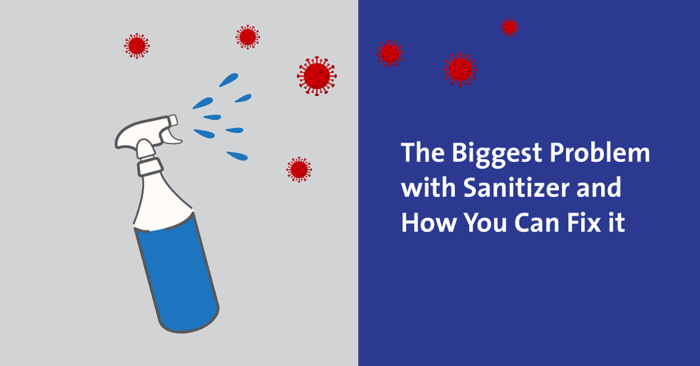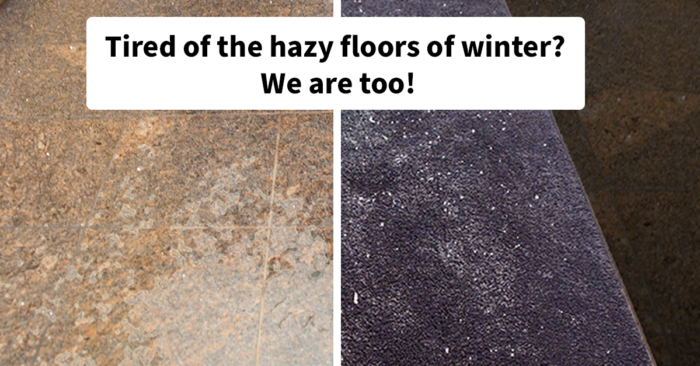
The biggest problem with sanitizer is that it is not a disinfectant. That’s right, those terms have very different and specific meanings. And that matters, especially now. Don’t get me wrong, sanitizer is a perfectly good and essential tool in sanitation programs – especially in food service environments, but it is not a power-house like disinfectant.
To better understand the differences, let’s start with a couple of definitions from the EPA.
Disinfectant: Substance or mixture that destroys bacteria, fungi and viruses on inanimate surfaces.
Sanitizer: Substance or mixture that reduces bacteria on inanimate surfaces. Some sanitizers meet public health codes for use on food contact surfaces.
So, what does that mean? One reduces and one destroys. That’s true, but the often overlooked word between these two definitions is viruses. Sanitizers are not effective against viruses. The EPA re-iterated this distinction in a clarification memo last year.
Why is that important, you may ask? Because the current COVID-19 pandemic is caused by a virus. Additionally, other common infectious pathogens such as Influenza, Coronavirus, H1N1 and HIV are all viruses. On the other hand, Staph and E.Coli are examples of bacteria. Understanding the pathogen class – virus or bacteria – is crucial to selecting the proper tool for infection control. The EPA registered label required for all sanitizers and disinfectants lists all pathogens a product is effective against. If on this label you don’t see what you are trying to combat, then that product is not proven effective against that pathogen.
In your efforts to disinfect against a virus, make sure you are using an EPA registered disinfectant effective against viruses – NOT a sanitizer. The easiest way to know if you have a disinfectant is to find the EPA registration number and make sure the label says it does what you want it to. For COVID-19 effectiveness use the EPA List N as your guide.
For more information or questions, contact Caryn Stets at cstets@portionpaccorp.com
EPA Sanitizer Clarification Memo: Link
EPA Article – Registration Numbers: Link
EPA List N: Link


